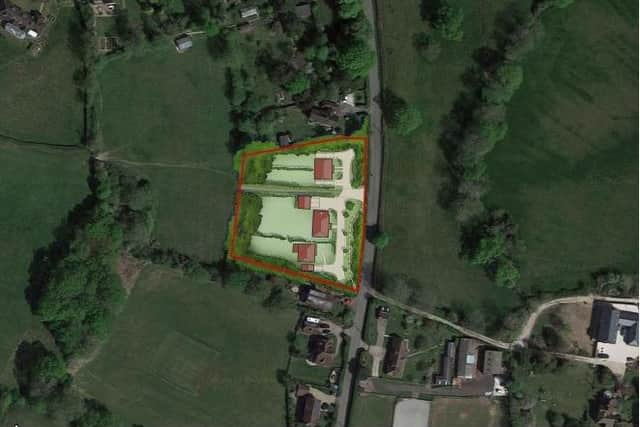Housing development for village between Lewes and Hailsham refused
and live on Freeview channel 276
Developers wanted to build on a greenfield to the west of Church Lane, but the parish council has opposed the plans, while 23 letters of objection were sent in compared to three in support.
While officers recommended approval, members of the council’s planning committee south refused the application on Thursday (July 13).
Advertisement
Hide AdAdvertisement
Hide AdA representative for Jarvis Land Promotions argued that the site was a sustainable location for the development and the benefits far outweighed any harm.


But objectors felt differently, pointing towards transport and sewage problems, a lack of services in the village as well as taking the officers to task for relying on a dismissed planning appeal for a single-storey two-bedroom dwelling nearby in the parish.
Another resident described how sewage sometimes bubbles up outside her home, while the development would take away a key habitat for wildlife.
The narrowness of Church Lane and flooding was also raised.
Greg Collins (Green, Horam & Punnetts Town) said: “I do not feel the quality of this application in my judgement passes the threshold. It does not pass the test in the NPPF for appropriate development.”
Advertisement
Hide AdAdvertisement
Hide AdOfficers said the committee should bear in mind the presumption in favour of sustainable development meant they needed to identify harm that would significantly and demonstrably outweigh the site’s benefits.
Neil Cleaver (LDem, Hailsham Central) suggested they added a lack of sustainability, over-development and flood risk to the grounds for refusal.
Officers said in their report: “The proposed development would sit comfortably within the site, matching the single dwelling depth along the lane, with a landscape buffer to the rear of the site which would aid the transition of the development with the open countryside beyond.”
Samuel Batchelor, the council’s development manager, suggested the level of scrutiny members were subjecting the development to was ‘disproportionate’ following several comments about farm traffic on the roads and parking.
After further discussions the reasons for refusal were refined. A vote to approve the application was lost, then a motion to refuse passed.